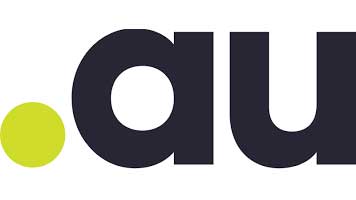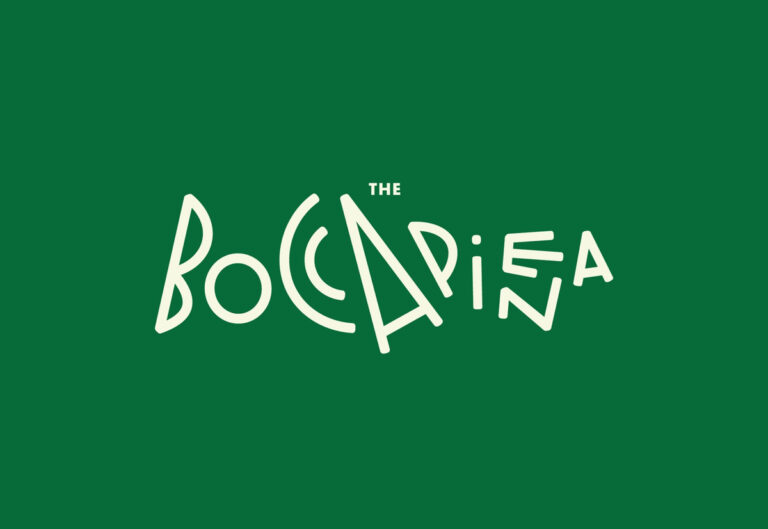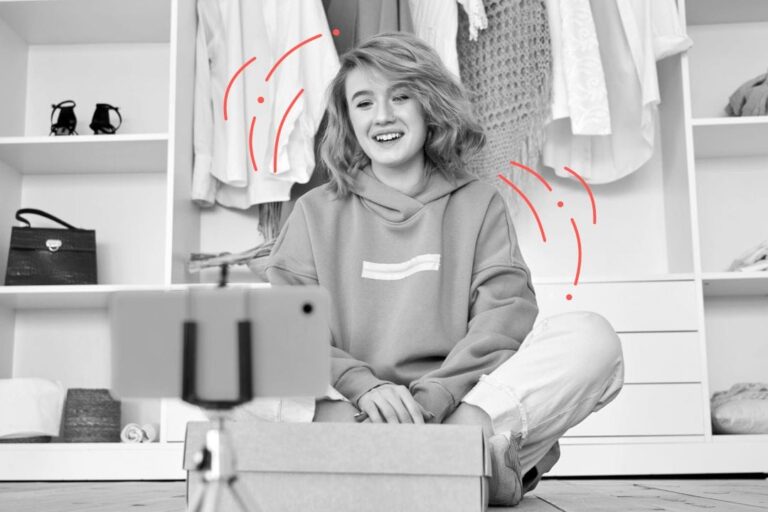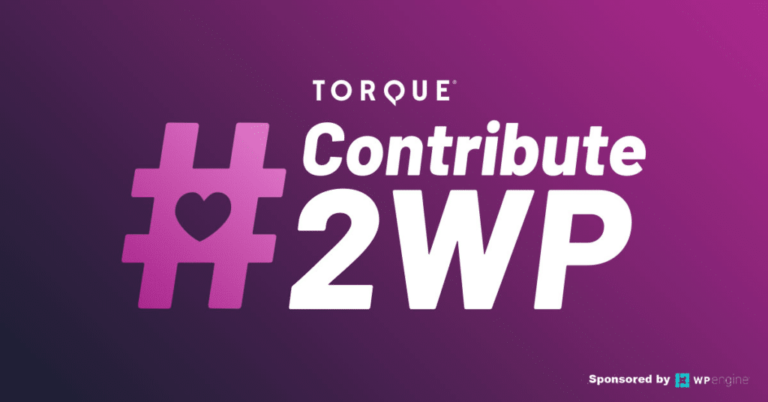Here’s a rewritten version of the original article, maintaining its core information but with a more polished and professional tone:
—

URLs are a fundamental part of your online brand identity. But when should you use link masking—and how do you do it safely and effectively? Let’s break it all down.
What Is Link Masking?
Also known as URL masking, domain masking, or link cloaking, link masking involves displaying a different URL in a user’s browser while serving content from another location. Essentially, the user sees one web address, but the content is coming from somewhere else.
If you’re unfamiliar with domains, think of them as your website’s address label—your digital storefront. Masking a domain allows you to show content from another site under your own branded URL, keeping the original source hidden from the user.
URL Forwarding vs. URL Masking
Both URL forwarding and masking redirect users to another web location, but they function differently:
– URL Forwarding: Redirects users to a new URL, and the browser displays the destination address.
– URL Masking: Redirects users while keeping the original URL visible in the browser bar, masking the true destination.
Types of URL Masking
Several methods exist for masking URLs, including:
– Domain Masking: Redirects users to a different URL without changing the visible address.
– Frame Masking: Displays external content within an HTML frame on your domain.
– Proxy Masking: Uses a proxy server to retrieve and display content from another URL.
– Server-Side Scripting: Uses languages like PHP or JavaScript to fetch and display content from a different source.
– Meta Refresh: Automatically redirects users after a short delay using HTML meta tags.
Examples of Link Masking
Here’s how link masking might look in practice:
– Affiliate Links: Instead of linking to www.thirdparty.com/affiliate/product123, you could use www.mywebsite.com/product123.
– Simplifying URLs: A long, messy URL like www.mywebsite.com/blog/?/post/13425/453/_ref%$ could be masked as www.mywebsite.com/blogpost.
Benefits of Link Masking
When used correctly, link masking offers several advantages:
| Benefit | Description |
|——–|————-|
| Brand Control | Display clean, custom URLs without changing your domain name. |
| Affiliate Link Management | Make affiliate links look more trustworthy and increase click-through rates. |
| Click Tracking | Some services allow you to track user interactions for analytics and A/B testing. |
| Security | Hide sensitive information like session IDs or server paths. |
| Improved User Experience | Create a seamless browsing experience by presenting content under a single domain. |
Risks and Drawbacks
Despite its benefits, link masking comes with potential downsides:
| Risk | Description |
|——|————-|
| Security Concerns | SSL certificates only apply to original URLs, not masked ones. |
| Lack of Transparency | Users may feel misled if they notice unexpected behavior. |
| SEO Impact | Masked URLs can confuse search engines and hurt your rankings. |
| Technical Complexity | Implementing masking may require advanced knowledge or professional help. |
| User Experience | Masked URLs can interfere with bookmarking and compatibility on older browsers. |
SEO Considerations
Search engines prefer transparent, descriptive URLs. Masking can:
– Lower your search rankings if the masked URL doesn’t match the content.
– Trigger penalties if used to hide spammy or duplicate content.
– Cause indexing issues when identical content appears under multiple URLs.
Google specifically warns against cloaking in its spam policies. Even well-intentioned masking can be misinterpreted, so proceed with caution.
Alternatives to Link Masking
If masking feels too risky, consider these safer options:
1. URL Shortening: Create cleaner, shareable links using tools like Bitly.
2. Canonical URLs: Use canonical tags to indicate the preferred version of a page to search engines.
3. URL Rewriting: Modify URLs using server-side scripts to create more readable links.
4. URL Forwarding: Redirect users transparently while showing the destination URL.
5. Subdomains: Organize your site using subdomains like blog.mywebsite.com for clarity and structure.
When to Use Link Masking
Link masking can be helpful in specific scenarios:
– To simplify complex URLs for better user engagement.
– To conceal affiliate links and maintain a clean aesthetic.
– To present a professional appearance if using a free hosting platform.
How to Mask a URL in 5 Easy Steps
1. Choose a URL Masking Service: Select a provider that supports your needs (some domain hosts offer this feature).
2. Enter the Original URL: Specify the destination you want to mask.
3. Choose Your Custom URL: Pick a user-friendly






